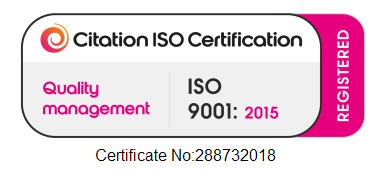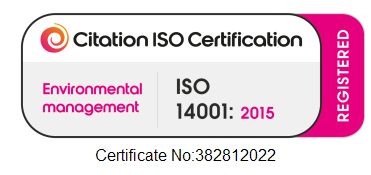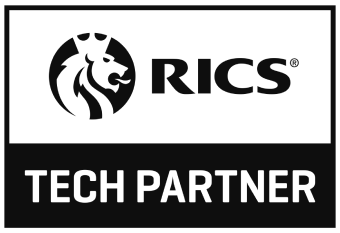UNIVERSITY OF
GLASGOW
In the ever-evolving realm of architectural and urban planning education, institutions face unique challenges in providing students with tools that bridge the gap between theoretical knowledge and practical application.
The University of Glasgow, like many educational institutions, encountered specific limitations in incorporating effective software solutions into their academic practices for teaching architectural, urban planning, and development projects. Find out how VU.CITY helped them.

Enhancing Urban Planning Education with VU.CITY at the University of Glasgow
Before the integration of VU.CITY into their curriculum, University of Glasgow grappled with the complexity of finding user-friendly software that would facilitate simple building modelling without demanding extensive training. Additionally, the visualisation of development proposals within the existing urban fabric posed a challenge, as students struggled to grasp the intricacies of site perspectives and angles.
This case study delves into the journey of University of Glasgow in addressing these challenges, exploring the motivations behind opting for VU.CITY as a comprehensive solution. We will delve into the specific features and capabilities that impressed the university, shedding light on the transformative impact the platform has had on academic practices. Furthermore, we will take a look at how the students themselves have been using the platform in their studies.
Through this exploration, we uncover how VU.CITY has become an invaluable asset in narrowing the gap between novice designers and seasoned professionals, ultimately transforming the way the University of Glasgow approaches the teaching of urban planning and development projects.
Challenges Faced Before VU.CITY
Before incorporating VU.CITY into academic practices, University of Glasgow encountered several challenges in the realm of architectural, urban planning, and development projects. One primary challenge was the difficulty in finding software that was easy to use for simple building modelling without requiring extensive training. The existing market for such software primarily catered to architects and designers, making it challenging to meet the specific needs of planning and real estate students.
Another obstacle was enabling students to visualise their development proposals within the existing urban fabric without the complexity of intricate modelling and photography. Some students grappled with visualising sites from various viewpoints and angles, hindering their understanding of how their proposals fit into the broader context.
Why VU.CITY?
The University of Glasgow opted for VU.CITY as a solution due to its impressive features and capabilities. The decision was influenced by:
 Easy-to-use Building Modelling: VU.CITY offered a user-friendly interface for simple building modelling, aligning with the university's goal of avoiding extensive training.
Easy-to-use Building Modelling: VU.CITY offered a user-friendly interface for simple building modelling, aligning with the university's goal of avoiding extensive training.
 Contextual Visualisation: The ability to visualise architectural and urban design within the context of the existing built environment, with options to adjust for time of day and year.
Contextual Visualisation: The ability to visualise architectural and urban design within the context of the existing built environment, with options to adjust for time of day and year.
 Embedding Planning Policy: VU.CITY's digital twin of Glasgow included the embedding of planning policy, providing a comprehensive understanding of the regulatory landscape.
Embedding Planning Policy: VU.CITY's digital twin of Glasgow included the embedding of planning policy, providing a comprehensive understanding of the regulatory landscape.
 Glasgow-specific City Model: The platform offered a Glasgow-specific model, incorporating both existing structures and development proposals, allowing students to work within a familiar context.
Glasgow-specific City Model: The platform offered a Glasgow-specific model, incorporating both existing structures and development proposals, allowing students to work within a familiar context.
 Flexibility: The capability to add new buildings, remove existing ones, and explore 3D views of the city enhanced the flexibility and adaptability of the platform.
Flexibility: The capability to add new buildings, remove existing ones, and explore 3D views of the city enhanced the flexibility and adaptability of the platform.
Let's take a look at some of the academic projects from the students...
Below are parts of the assignments from three students, useful to get a sense of what the students are being asked to do. All three assignments are based upon a project of the same site in Tradeston, Glasgow.
Assignment 1 - Development Process Report
This student used VU.CITY to make an analysis of the location and show how it adheres with the local planning policy.
They used the Edgeline tool, and highlighted the area to demonstrate that the buildings are the same height - being able to give this perspective view of the development allows a seamless communication to stakeholders that the building heights respond to the neighbouring area and won't obstruct residential views.
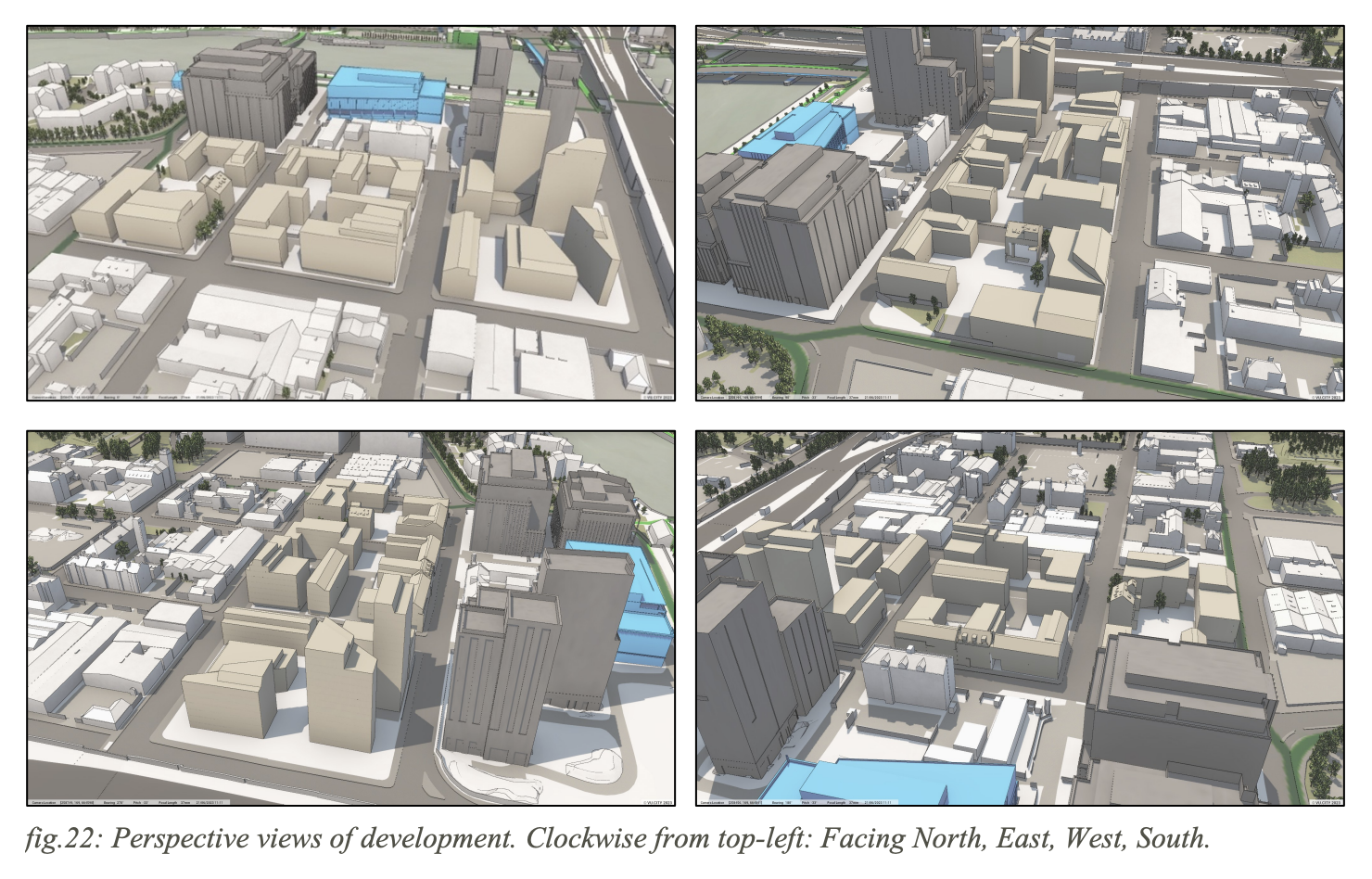
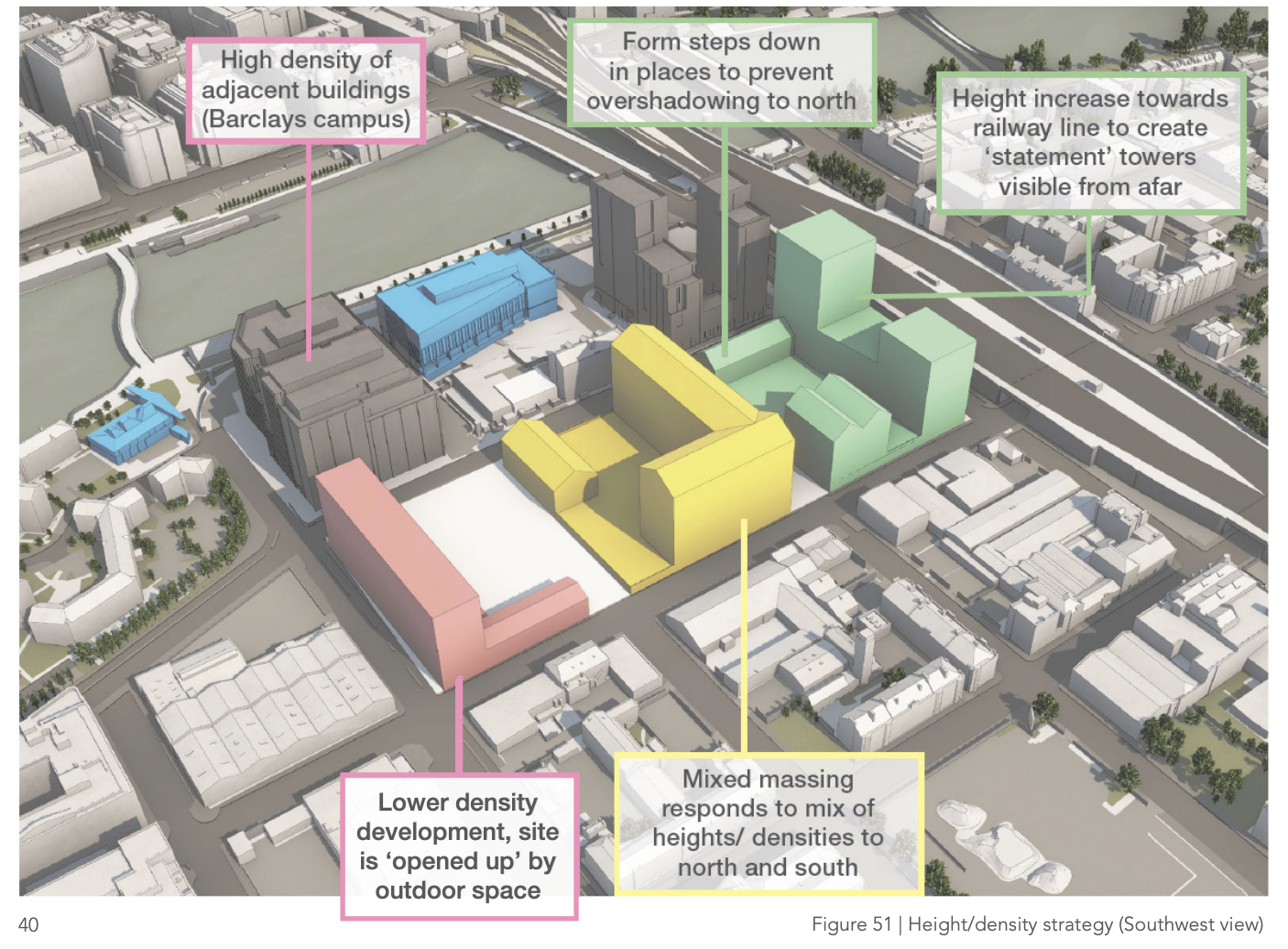
Assignment 2 - Kingston Street Proposal
This student used VU.CITY to create guidance for a major development company. The proposal aims to enhance place quality in line with the local and national policy stipulations.
For this, they used VU.CITY's Create Tool to see the site and to minimise risk in the early stages by ensuring the development complies with local planning policy. The student also used daylight and sunlight analysis 'forms steps down in places to prevent overshadowing to north', and the Import tool to represent their own proposal within the environment and show how it responds to surrounding infrastructure, demonstrating the early stages of a visibility study.
Assignment 3 - Identifying the Potential of a Site
This student used VU.CITY to draw focus on the Glasgow City Council's development guidelines for place-making and has used the platform to represent his proposal for the site.
They conducted a thorough site analysis to assess the site's potential. This individual utilised VU.CITY to illustrate the potential of their mixed-use development proposal and its potential to enhance the neighbourhood's quality. Their report aims to offer a comprehensive overview of the proposed development, highlighting its capacity to elevate the neighbourhood's quality and draw interest from potential development and investment partners.
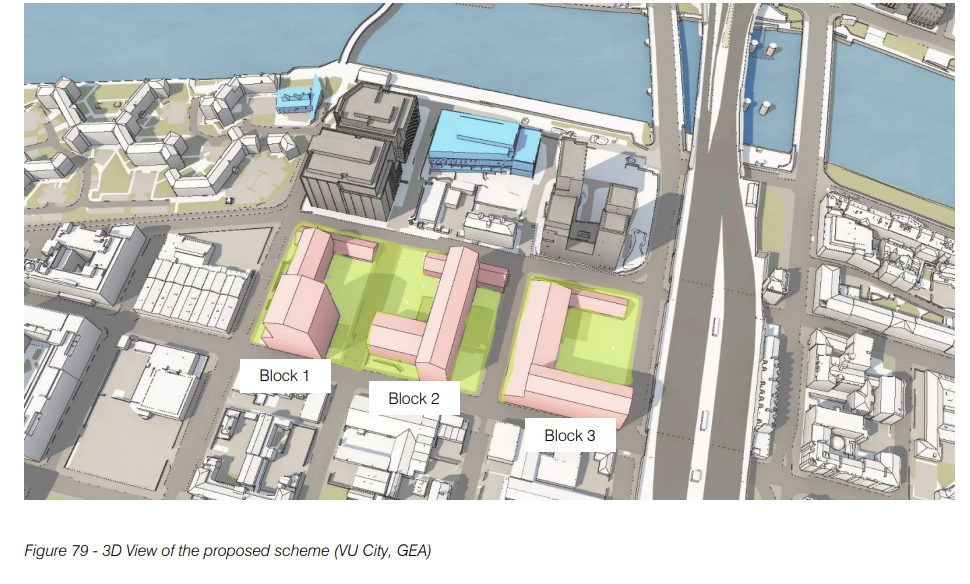
Improvements and Outcomes After Implementation
Since the integration of VU.CITY into academic projects, the department has observed significant improvements and differences:
1. Reduced Gap Between Designers: VU.CITY has narrowed the gap between accomplished designers and students, particularly beneficial in a course focusing on how we should envision future development possibilities.
2. Spatial Understanding of Planning Policies: Students have become more adept at understanding planning policies with a spatial or locational dimension, such as conservation areas or retail zones.
3. Visualising Planning Permission and Construction Projects: VU.CITY's visualisation of development proposals with planning permission and ongoing construction projects has aided students in visualising their own proposals and understanding the impact of future developments.
4. Enhanced Mapping Capabilities: Students have utilised the mapping capabilities for various aspects of site design, such as exploring different viewpoints, removing buildings, and importing 3D graphics from other programs.
The University of Glasgow recognises the evolving landscape of urban design and planning. By incorporating VU.CITY into their curriculum, they are equipping their students with the latest 3D modelling and design visualisation tools. This not only enhances their understanding of complex urban environments but also fosters critical skills in data analysis, stakeholder engagement, and future-proofing their designs for a changing world. This forward-thinking approach ensures graduates are well-prepared to navigate the challenges and opportunities that lie ahead in shaping the built environment of tomorrow.
What's more is that students can apply these skills into their professional lives. For example, they can minimise risk by importing their model into VU.CITY and understand the impact of their proposal on urban density while ensuring alignment to urban planning policies.
In Conclusion...
The integration of VU.CITY at the University of Glasgow has addressed the challenges faced in teaching architectural and urban planning, providing an intuitive platform that enhances students' understanding and application of key concepts in the field. The software's user-friendly features and contextual capabilities have proven instrumental in achieving successful academic outcomes.
As the University of Glasgow continues to pioneer innovative approaches in architectural and urban planning education, the integration of VU.CITY stands as a transformative step forward. If you are an academic institution seeking to overcome challenges in teaching development projects and urban planning, now is the time to explore the unparalleled benefits of VU.CITY.









